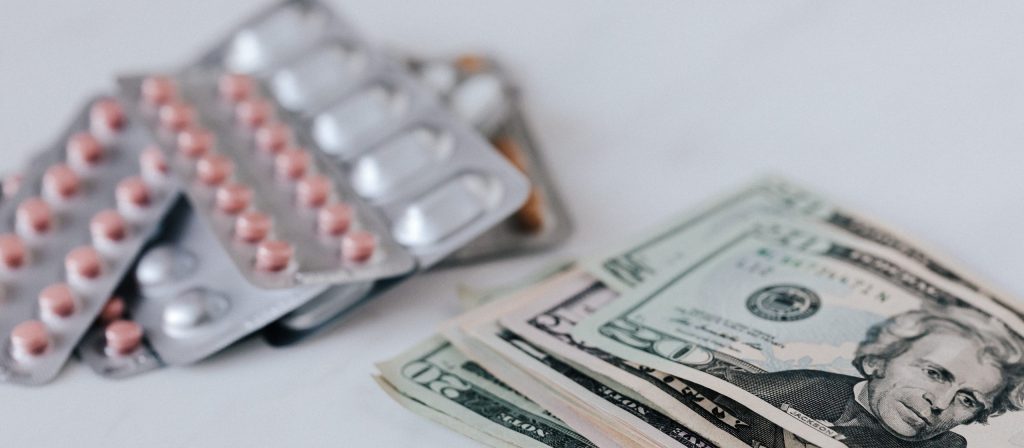Hypertension has long been a risk factor for cardiovascular disease in the U.S., and pharmacists carry a key role in controlling and managing blood pressure as well as achieving more-positive outcomes. Recent findings demonstrate that both in community and clinical settings, pharmacists’ interventions positively impact patient outcomes. Still underutilized when it comes to chronic disease management, pharmacists are considered an important resource in improving patient outcomes, according to several recent studies.
For example, a study released in April 2020 — Pharmacist’s role in hypertension management: a review of key randomized controlled trials — cites hypertension (HTN) as being a leading cause of death and disability throughout the world. Authors note that “Yet, despite widely available treatment options, blood pressure (BP) control rates have remained relatively stagnant.” They state that one approach would be to implement collaborative care models, ‘particularly those employing pharmacists.”
The fact that many patients aren’t successful in reaching their treatment goals is concerning. The Role of the Pharmacist in Hypertension Management, a study published in the Current Opinion in Cardiology, cited reasons that include non-adherence and poor disease insight, while the models suggested a direct patient-centered care model (which is still widely limited in the U.S. in terms of regulation). The study, published in 2018, cited that medication and collaborative drug therapy management — as well as telehealth services and team-based care with a focus on integrated patient counseling — would be effective strategies to address such challenges.
A national priority
The same meta analysis reported that numerous randomized controlled trials (RCT) have demonstrated that interventions were effective to improve BP outcomes across varied models, such as primary care, community-based and medicine. It goes on to explain that “a meta-analysis of 39 RCTs demonstrated that pharmacist interventions significantly reduce both systolic and diastolic BP compared with controls across diverse patient populations.” According to the study, pharmacists’ contributions to hypertension control and management are possible through counseling and monitoring assistance, identifying and resolving non-adherence issues, and providing overall education and support, as a few examples.
Pharmacists have gained stronger support for developing strategies to control, treat and assist in preventing hypertension. In October 2020, Surgeon General Jerome Adams released the report Call to Action to Control Hypertension (CTA). The report explains that, despite the fact that studies have unveiled effective strategies — such as self blood pressure monitoring, using electronic records, and clinical decision support tools — there are still challenges to overcome when it comes to “expanding, tailoring and replicating” the service.
The report mentions health and psychosocial factors that have recently impacted patients such as job loss and depression “have worsened during the COVID-19 pandemic.” Crucial goals would be to make hypertension a national priority, supporting hypertension control in all social places, and optimizing care.
What’s more, the report clearly states that pharmacists should not only distribute medication, but offer relevant support in close collaboration with local practices and health systems. The report recommends maximizing pharmacists’ practice, when allowed, by promoting medication adjustments and therapy management (MTM) for hypertension control. Support measures within communities would be achieved by uniting local programs with health services. The text suggests pharmacies, for example, could be used for free blood pressure monitoring, with pharmacists offering patients education and referrals to other services.
Thus, recent data shows that pharmacists can indeed educate patients and play a relevant role in therapy management and improving medication adherence in coordination with health systems or in collaborative community practice. This certainly includes the lower-income population, which are statistically less likely to maintain a healthy diet and receive medical care when needed. Community care can also be relevant in addressing issues related with cultural and linguistic barriers, as well as promoting healthy strategies to prevent hypertension and chronic disease in general.
A broader, deeper view through analytics
The RxLive team has the unique ability to examine the data that sits behind the patient population it serves. For all patients with hypertension who have consulted with an RxLive clinical pharmacist from June 2019 through November 2020, 9% of medications related to hypertension management were changed as a result of a pharmacist consult. A full 5% of hypertension medications prescribed were not taken at all by patients. Additionally, significant populations of patients had major adherence barriers (>20%) and financial barriers (>12%) that prevented them from taking their hypertension regimens appropriately.
Summary
The vital role of pharmacists in healthcare management and outcomes is uncontested, even before the challenges of delivering in-person care during the current pandemic. Today a more flexible, personal and cost-effective approach to healthcare is needed. Many of these strategies can be promoted and operated through a variety of communications platforms, making it possible for pharmacists to support physicians and their other care team members, helping improve their productivity, patient safety, and expanding the reach and improving optimal patient outcomes with experienced pharmacy experts as an integrated part of the multidisciplinary care team.
Sources:
The role of the pharmacist in hypertension management. Current Opinion in Cardiology
Pharmacist’s role in hypertension management: a review of key randomized controlled trials. Journal of Human Hypertension
The Surgeon General’s Call to Action to Control Hypertension. U.S. Department of Health and Human Services, Office of the Surgeon General
Team-based care and improved blood pressure control: a community guide systematic review. American Journal of Preventive Medicine





